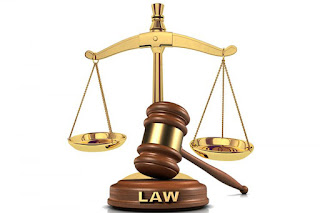good contract.
1. Explain the elements of a good contract. The requisite elements that must be established to demonstrate the formation of a legally binding contract are: Offer First, an offer must be extended in order to begin a contract. This should include details of the agreement and its terms and conditions. Simply put, the offer is the offeror's attempt at entering into a contract with another. Sometimes businesses will look for contractors through an invitation to treat by letting people know that they are interested in entering into a contract. Acceptance Once the offer is extended, it's in the hands of the offeree to either accept or reject the proposal and its terms and conditions. Offerees can accept offers via mail, email, or verbally. Most states use the mailbox rule meaning that, if an offer is accepted via mail or email, the moment the acceptance is placed in a mailbox to be mailed or sent via email, it has officially been accepted. This holds tr









